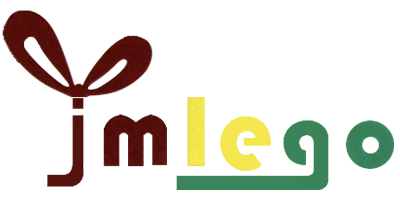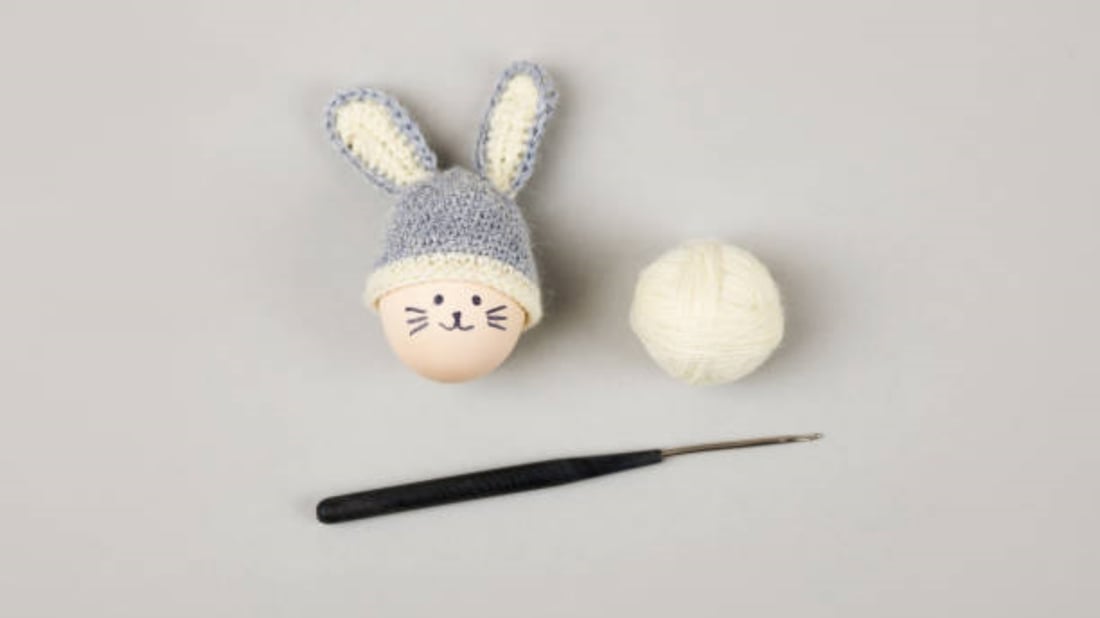The Ultimate Guide to knitting sticks: Everything You Need to Know About Knitting Needles
If you are a knitter, you know how essential a good quality knitting needle can be. Whether you are a beginner or an experienced crafter, finding the right set of needles can make all the difference in the outcome of your project. But with so many options available, it can be a bit overwhelming to decide which type of knitting stick is best for you. In this article, we will explore everything you need to know about knitting sticks and help you select the perfect needles for your next knitting adventure.
What Are Knitting Sticks?
Knitting sticks, also known as knitting needles, are long, pointed tools used to create knitted items. They are usually made out of metal, wood, bamboo, or plastic. Knitting sticks come in a range of sizes and types, each designed to work with a particular weight of yarn and project type. They can be straight, circular, or double-pointed needles, each with their own set of advantages and disadvantages.
Straight Knitting Sticks
Straight knitting sticks are probably the most recognizable type of knitting needle. They are long and straight, with a pointed tip on one end and a stopper on the other. The stopper keeps the stitches from sliding off the end of the needle while you are working. Straight knitting sticks are great for beginners, as they are easy to handle and come in a variety of sizes. They are perfect for knitting flat pieces such as scarves, blankets, and panels, but they can feel a bit heavy for larger projects.
Circular Knitting Sticks
Circular knitting sticks are a bit different than straight needles. They are composed of two pointed tips joined together by a flexible cable. Circular knitting sticks allow you to create tubes or round pieces such as sweaters, hats, and socks. They are ideal for larger projects, as they distribute the weight of the project more evenly. Circular knitting sticks also eliminate the need for seams, making them a popular choice for knitters looking for a seamless finish.
Double-Pointed Knitting Sticks
Double-pointed knitting sticks, also known as DPNs, are shorter than straight or circular needles, and have a pointed tip at each end. They come in sets of five, six, or eight, and are used for knitting small, circular pieces such as sleeves, hats, or mittens. DPNs can be a bit tricky to use, but once you get the hang of them, they become an essential tool in your knitting arsenal.
Choosing the Right Size of Knitting Stick
The right size of knitting stick depends on the weight of your yarn. Most knitting patterns will have a recommended needle size listed, but it is always best to swatch your project before starting. Swatching will help you determine if you need to adjust your needle size to achieve the correct gauge. If your stitches are too tight, try using a larger needle size. If your stitches are too loose, try using a smaller needle size. The right size of knitting stick will help you achieve the correct tension and get the best results from your project.
Material Matters
Knitting sticks come in a variety of materials, each with its own set of advantages and disadvantages. Wooden needles are lightweight and warm to the touch, making them a great choice for cold climates. Metal needles are durable and easy to clean, but they can be a bit slippery. Plastic needles are affordable and easy to find, but they can break more easily than other materials. Bamboo needles offer a smooth surface and a warm feel, making them a popular choice for knitters who value comfort.
Caring for Your Knitting Sticks
To keep your knitting sticks in good condition, it is important to care for them properly. Store them in a safe place when not in use, and avoid exposing them to extreme temperatures or moisture. If your knitting sticks become dirty, clean them with a soft cloth and mild soap. Avoid using harsh chemicals or abrasives, as they can damage the surface of the needles. Regular care and maintenance will extend the life of your knitting sticks and keep them in good working order.
Tips for Using Knitting Sticks
Using knitting sticks can be a bit challenging, especially for beginners. Here are some tips to help you get started:
- Hold the needles correctly - grip the needle lightly with just your fingertips.
- Start with an easy project - practice with a simple scarf or hat before attempting more complex patterns.
- Be patient - knitting takes time and practice to master.
- Take breaks - knitting for too long can cause hand fatigue or muscle strain. Take occasional breaks to prevent injury.
Final Thoughts
Knitting sticks are an essential tool for any crafter. With so many types of needles available, it can be challenging to choose the right one for your project. By understanding the different types of knitting sticks and their advantages and disadvantages, you can select the perfect set of needles for your next knitting adventure. Remember to choose the right size of needle, care for your knitting sticks properly, and practice patience and persistence as you learn to knit. Happy knitting!

